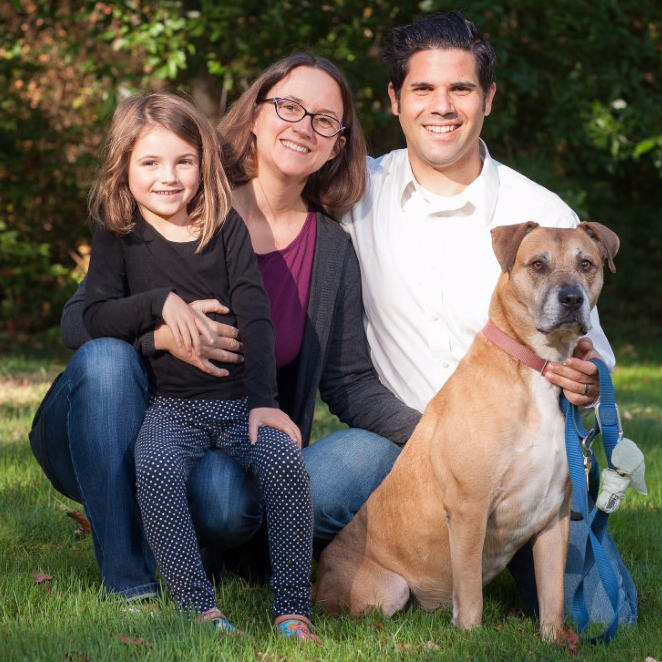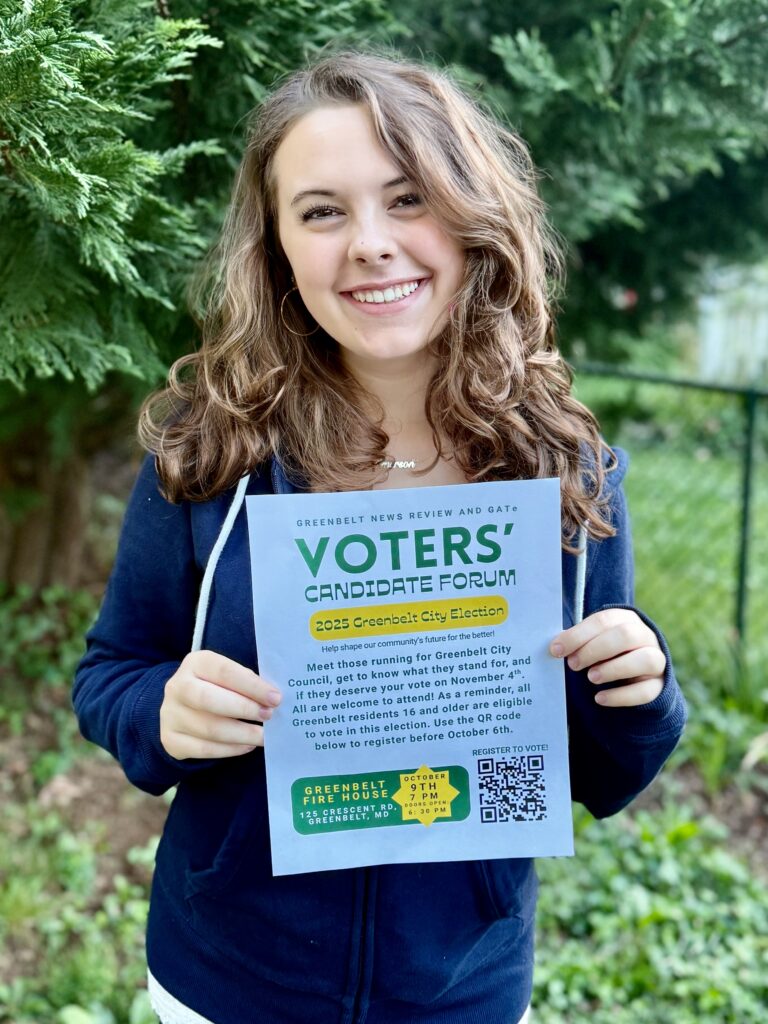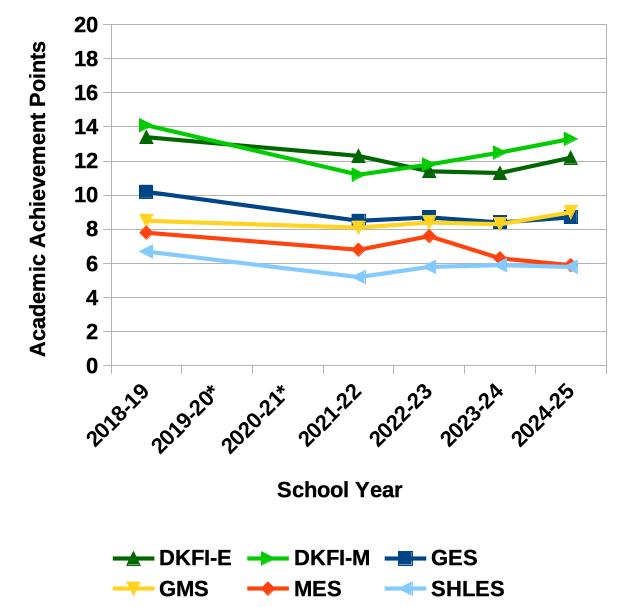The last month of the year inspires many people to give money to good causes. NASA engineer Brian Ottens and his family have dedicated themselves to effective altruism, giving away a high percentage of their income. Effective altruism motivates and empowers individuals to select the cause that is most important to them and then figure out how to make the greatest impact. According to Ottens, effective altruism means “giving with your heart and your head. Your heart motivates you to think of others, and your head guides you to do the most for them” by selecting organizations and tactics that have the greatest benefit for the causes you care most about.
Ottens’s personal cause is the reduction of suffering, which to him “is more important than the creation of happiness.” Practitioners of effective altruism, Ottens states, “spend time rating how important a problem is or what priority it should get. [For example], if someone buys a piece of expensive art and donates it to a museum, how would that compare against the alleviation of suffering they could’ve done?” Ottens argues, “A gain in happiness and a reduction of suffering aren’t equal,” while acknowledging that not everyone would agree.
In 2001, after being motivated to reduce animal suffering after viewing undercover footage from a slaughterhouse, Ottens put together a workable budget and decided to give away any money he had left over. Ottens, who calls himself a free thinker, grew up in a moderately religious Catholic family that instilled “principles of empathizing with others who were truly suffering and in need. Most non-human animals are capable of suffering just as humans are. There’s excellent support in our society for reducing that suffering” either by legislative or other tactics. Either way, Ottens argues, “These tactics need funds to be successful.”
Ottens states, “The importance, tractability and neglectedness (ITN) framework is a common one in effective altruism.” First, Ottens would consider the magnitude and scale of the problem.
Second, he asks what can be done about it: “What (and how much) will one’s contribution to an area, such as money or time, do to change the situation?” Third, “If you don’t act on the situation, will someone else?”
Resources that rank charities for effectiveness include GiveWell, Animal Charity Evaluators or 80,000 Hours (so-called because that’s the average length of a career). According to Ottens, these resources “have professional researchers and evaluators who do nothing else but review charities, publish findings and data, and make tiers of recommendations, going beyond simply publishing the percentage of a charity’s income that goes to overhead. I do single out charities that are most effective for my support. Right now, the charities I view most favorably are The Humane League and The Good Food Institute.”
Effective altruism is not about “total deprivation,” which would be unsustainable, Ottens explains. “We do make expenditures for things that truly bring a return on quality of life. For example, the quality of life we experience in Greenbelt is worth it to us. We also love fresh fruit and produce, and grow our grocery budget when these are available. We have other hobbies with modest budgets.” The family also puts away money for their daughter’s education, their retirement and emergency expenses. “We educate ourselves to make good financial decisions and look at what truly makes humans sustainably happy, which generally isn’t more luxuries or consumption.” Ottens strongly feels that practitioners of effective altruism “aren’t judging against perfection, but rather, trying to be practical and do better. I’ve seen so many people stretch themselves too far and burn out. Life is a marathon and not a sprint, and just like a marathon, if you go out too hard, your body will crash and perform worse than if you ran sustainably.”
Ottens has worked at NASA since 1997, and is currently the chief engineer for the U.S. contribution to Europe’s first Mars rover (a sensor for detecting underground biosignatures). His wife, Jessica Blacksten, is an elementary school STEM teacher. They have a 9-year-old daughter, Emily. Ottens grew up in New Carrollton, and graduated from Eleanor Roosevelt High School, where he ran cross country. He attended the University of Maryland, and enjoys seeing people he knew from high school and college, whose children are now friends with his daughter. The family was strongly attracted to Greenbelt because of “the parks, lovely homes, strong community, affordable housing prices, quality schools, and proximity to jobs and family. The block we live on now was one I came to appreciate during the fall months of running cross country at
Roosevelt, with the gorgeous views of yellow, orange and red leaves on the trees.”




